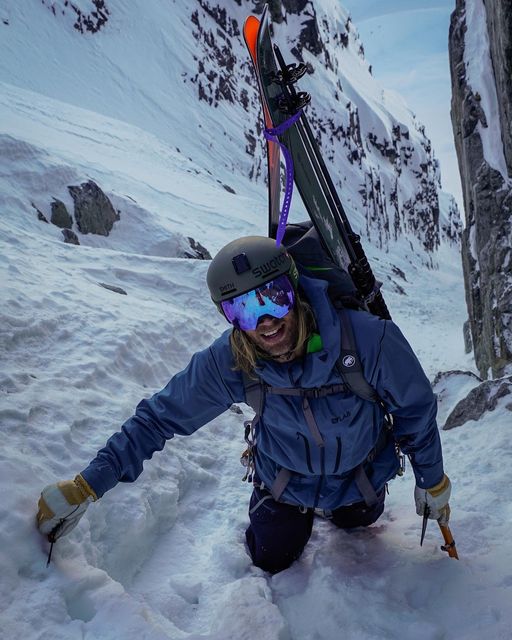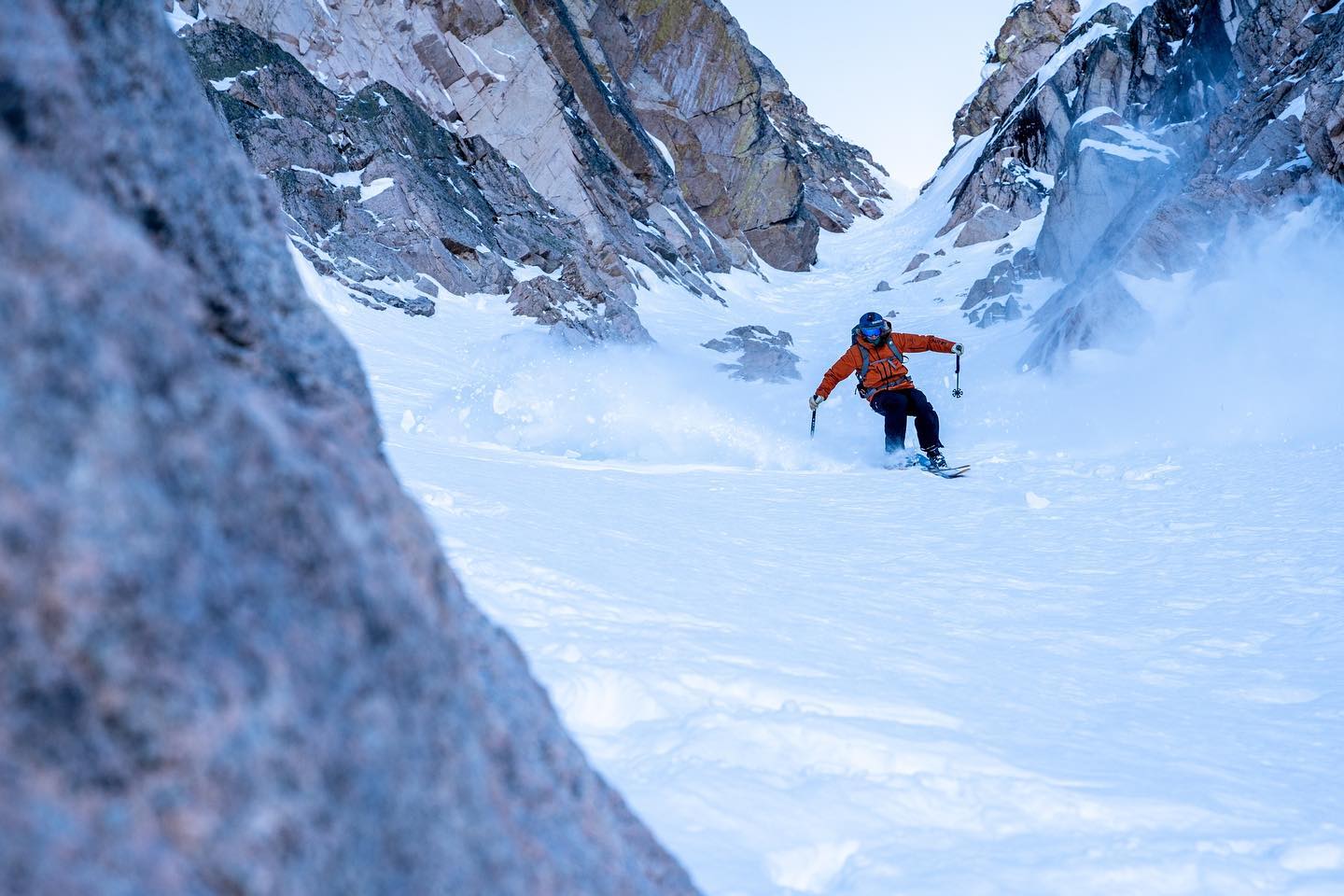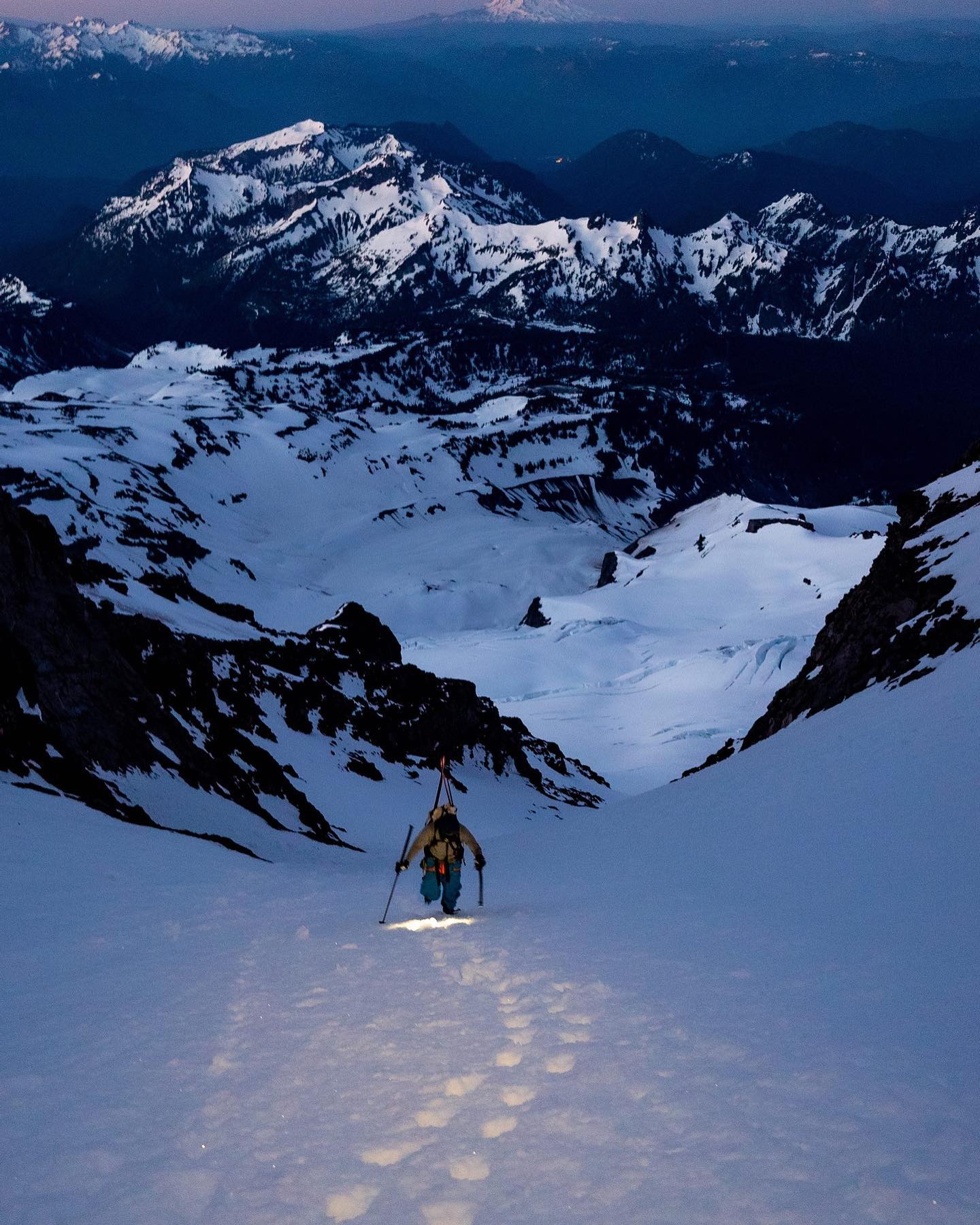
What is Ski Mountaineering? That’s a great question, especially for someone like me who is looking to level up his backcountry skills for next season. It’s a much better question for a legend like Cody Townsend, one of the most awarded freeskiers in history and considered by many as ‘The People’s Skier’ for his laid-back demeanor and caring attitude.
Cody is probably best known for his ski mountaineering work pursuing The Fifty Project where he set out to climb and ski the fifty peaks outlined in the famous book, The Fifty Classic Ski Descents of North America. For someone like Cody with his credentials, that is a much better question to ask and one he recently posted in his Facebook Q & A session, What is Ski Mountaineering?
“This is a topic of heavy debate in the skiing and climbing communities, a question that may not have a cut-and-dry answer and a term that gets loosely used for a catchall of a lot of what I like to do in the mountains these days. Hell, it’s a term I use, probably too liberally, to explain to others what this @the.fifty.project is about.”
Cody goes on to say and self-admittedly reports, “I don’t like labels in skiing. They’re useful to describe sub-genres and styles of practice for sure, but ultimately it’s all just skiing.”
So let me get this straight. What you do in the mountains is more or less skiing, and in the end, it’s all just skiing? Where does that leave the rest of us mortals? Surely making the jump from resort laps to safely climbing peaks in the Eastern Sierras requires a bit more than “just skiing.” Other answers to his question demonstrated a wide range of opinions including labels like:
- mountaineering (only on skis)
- alpinism
- mixed climbing (as opposed to just climbing)
- touring
- skinning
- “just tearing it up” (my favorite)
- an expedition, which means any multi-day trip


That all seemed reasonable to me, at least in part, until Cody published his follow-up post, this time using an example of what ski mountaineering is not! You have to read it yourself to believe it!
“So generally, I see the definition of ski mountaineering set forth by the following example. You got axes in hand, you got crampons on your feet, you just climbed over a super exposed rocky step where a fall would at best leave you with severe injuries and you’re making your way towards to the top of a steep, narrow couloir. Are you ski mountaineering now?
To me, not quite. There are plenty of short lines, off the side of the road, in cell service range where you can get into exposed, technical terrain. For instance, if you climb and ski Third Pillar couloir on the Dana Plateau, often you have to rappel over a rocky crux step, and or figure out a way to climb through that step. But you’re within eye-sight of the road, in a couloir with no prominent summit and are generally just out for a fun day of skiing. Sure it has elements of ski mountaineering, but to me, you’re just backcountry skiing with some technical or steep terrain. If you had to label that kind of skiing, which I strongly urge people to not label it (see last post), you could call it ‘Technical Backcountry Skiing’. It’s the Trad Cragging of the ski world. (That’s a rock climbing term). It’s short, day trip skiing. Ski Mountaineering is something far more niche than that.”
If that’s really the case, then I think we’re about to see what it really takes to operate in this mysterious niche, one without labels, without limits, and according to Townsend is “all just skiing.”
